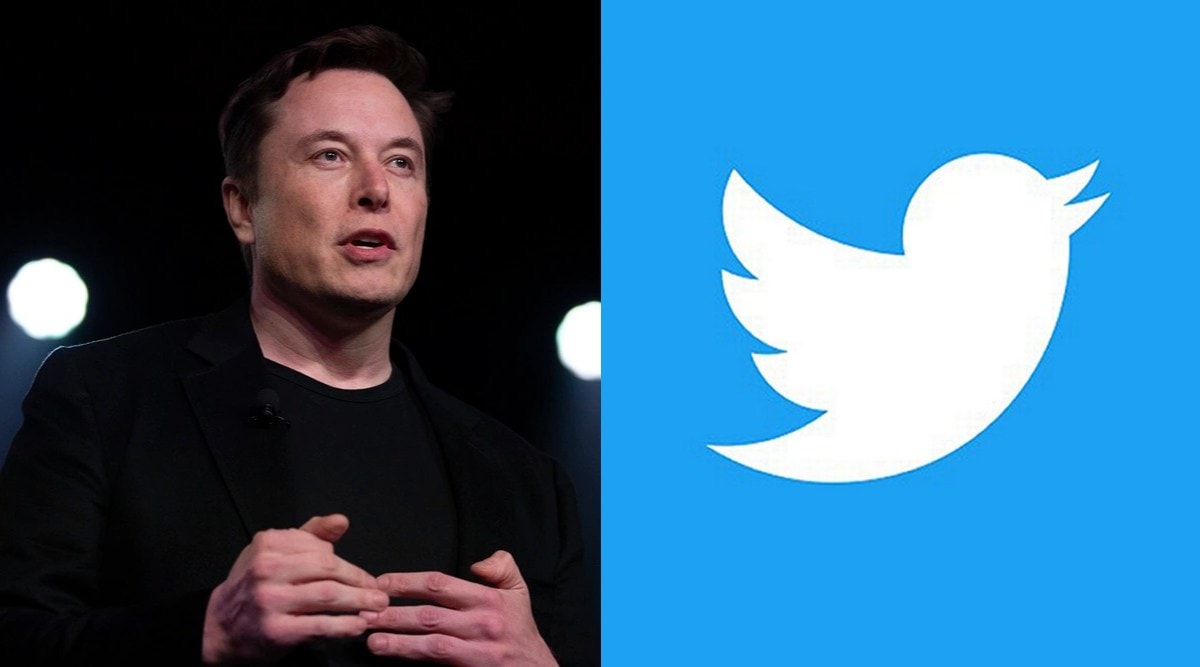
The second installment of the ‘Twitter Files’ was posted on the social media site, providing alarming facts about the company’s tactics of “secretly blacklisting” some users’ tweets, particularly those associated with right-wing ideology, prior to Elon Musk’s takeover.
The ‘Twitter Files’ is a stockpile of internal papers and communications from Twitter Inc. that were released with journalists Matt Taibbi and Bari Weiss by owner Elon Musk.
Taibbi revealed the first installment of Twitter Files last week, which provided light on Twitter’s purposeful attempt to hide the Hunter Biden laptop story during the 2020 presidential election.
On Thursday, it was Weiss’ turn to release the second installment of Twitter’s dark policies.
“A new #TwitterFiles investigation reveals that teams of Twitter employees build blacklists, prevent disfavoured tweets from trending, and actively limit the visibility of entire accounts or even trending topics—all in secret, without informing users,” Weiss said on her Twitter thread.
“Twitter once had a mission ‘to give everyone the power to create and share ideas and information instantly, without barriers.’ Along the way, barriers nevertheless were erected,” Weiss stated.
Weiss revealed the following:
1) Weiss published a screenshot of how Twitter shadow-banned Stanford’s Dr. Jay Bhattacharya’s opposition to the COVID-19 shutdown.
2) In another picture, Weiss revealed how popular right-wing talk show host Dan Bongino was hit with a “Search Blacklist” at one point, while Twitter had Turning Point USA’s Charlie Kirk on “Do Not Amplify.”
3) Weiss contended that Twitter first denied restricting particular users’ voices.
4) In 2018, Vijaya Gadde (then Head of Legal Policy and Trust) and Kayvon Beykpour (Head of Product) of Twitter stated, “We do not shadow ban,” adding, “And we certainly do not shadow ban based on political viewpoints or ideology.”
5) Weiss went on to assert, citing sources, that Twitter officials and workers employed a “shadow banning mechanism” or “Visibility Filtering (VF)” to silence the voices.
6) She said that Twitter used VF to limit the scope of a given tweet’s discoverability, to prevent chosen users’ messages from ever appearing on the “trending” tab, and to exclude them from hashtag searches.
7) “We control visibility quite a bit. And we control the amplification of your content quite a bit. And normal people do not know how much we do,” one Twitter programmer told Weiss.






